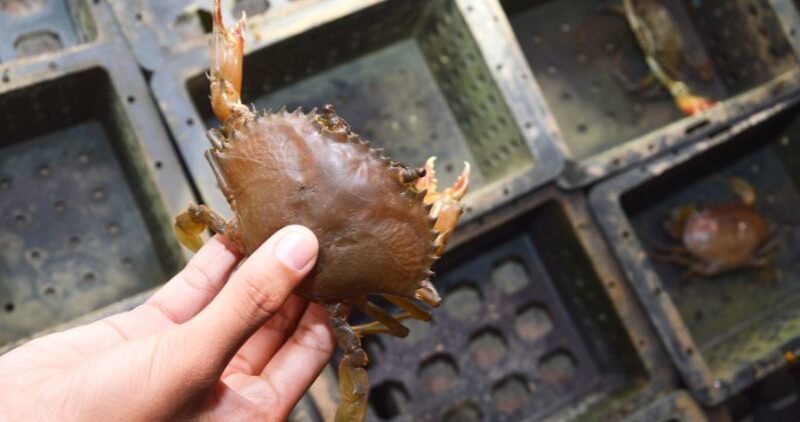The recent push for electric vehicles is encouraging in terms of addressing the climate crisis. Electric versions rely on battery power, which doesn’t spew out a lot of pollution, as opposed to standard cars, which release clouds of fossil fuel exhaust into the atmosphere, contaminating our planet’s atmosphere and causing global warming.
There is only one condition. The development of electric vehicles depends on an increase in battery production, just like with all rechargeable products.
Making specific batteries- A big pain
The labour involved in creating those specific batteries in the first place, as well as the controversy surrounding alleged human rights abuses that occur in regions where battery components, like cobalt, are harvested. However, lithium-ion batteries are actually commonplace. In fact, if you’re reading this on a smartphone, you’re probably holding one right now. The fact that they’re frequently combined with solar panels, which harness sunlight to store clean energy, may detract somewhat from their claim to be “eco-friendly.”
To simplify this, Crab shells and zinc could be used to create a rechargeable battery that can safely degrade over time or be recycled after storing wind and solar energy.
Chitosan, a substance made from chitin, a material found in crab and shrimp shells, is the key. According to Liangbing Hu at the University of Maryland, the battery could offer impressive power storage and be recharged at least 1000 times.
“Vast quantities of batteries are being produced and consumed, raising the possibility of environmental problems,” says lead author Liangbing Hu, director of the University of Maryland’s Center for Materials Innovation. “For example, polypropylene and polycarbonate separators, which are widely used in Lithium-ion batteries, take hundreds or thousands of years to degrade and add to environmental burden.”
Crab shells and Zinc comes to rescue
This chitosan electrolyte completely degraded within five months, making it a biodegradable electrolyte, which means that approximately two thirds of the battery could be broken down by microbes. Instead of the recyclable lead or lithium, the metal component is left behind, in this case zinc.
“Chitosan is a derivative product of chitin. Chitin has a lot of sources, including the cell walls of fungi, the exoskeletons of crustaceans, and squid pens,” says Hu. “The most abundant source of chitosan is the exoskeletons of crustaceans, including crabs, shrimps and lobsters, which can be easily obtained from seafood waste. You can find it on your table.”
“Zinc is more abundant in earth’s crust than lithium,” says Hu. “Generally speaking, well-developed zinc batteries are cheaper and safer.” This zinc and chitosan battery has an energy efficiency of 99.7% after 1000 battery cycles, making it a viable option for storing energy generated by wind and solar for transfer to power grids.
This element of the team’s prototype, in a way, solves two issues simultaneously. Approximately 6M to 8M tonnes of waste crab, shrimp, and lobster shells are produced worldwide, according to a 2015 study published in Nature. Consider the fact that a crab’s meat makes up only about 40% of its mass. That will undoubtedly result in a large amount of food waste.
According to the report, these shells are frequently just thrown into a landfill or the ocean, which is an expensive method of disposal that can cost more than $100 per tonne and is bad for the environment because landfills themselves indirectly contribute to harmful gas emissions.
Hu and his group intend to keep working to make batteries, including the manufacturing process, even more environmentally friendly. Hu says, “In the future, I hope all battery components are biodegradable.” “Not just the substance itself, but also the biomaterials manufacturing process.”















